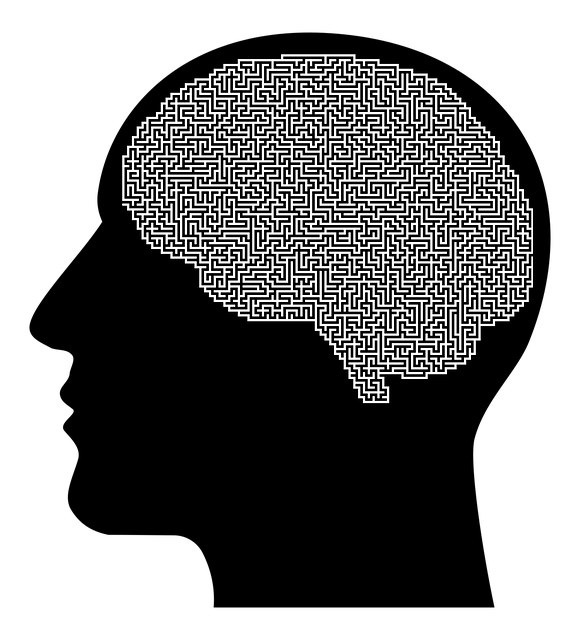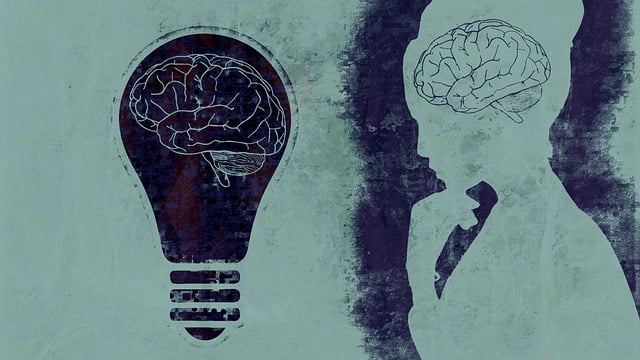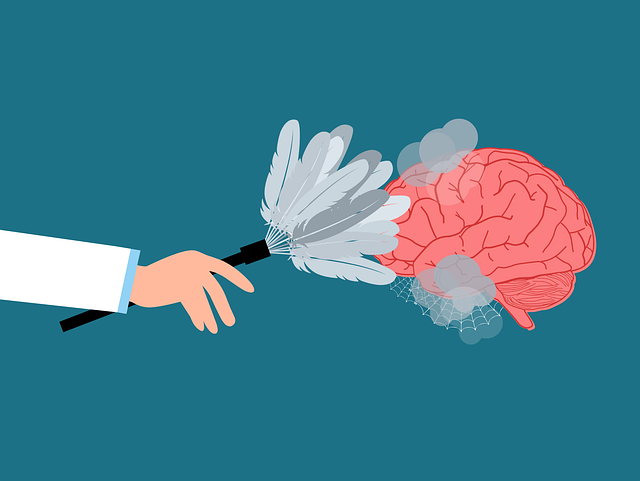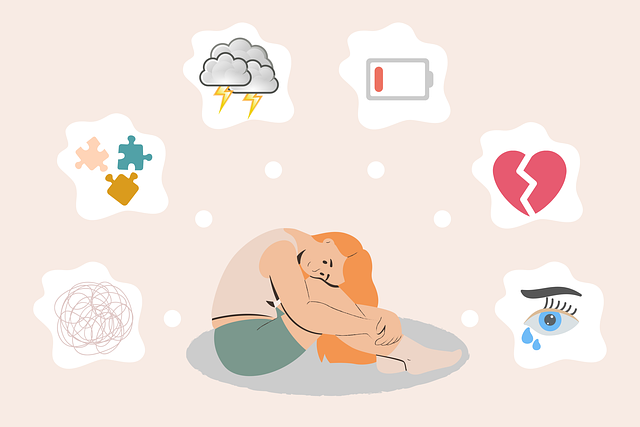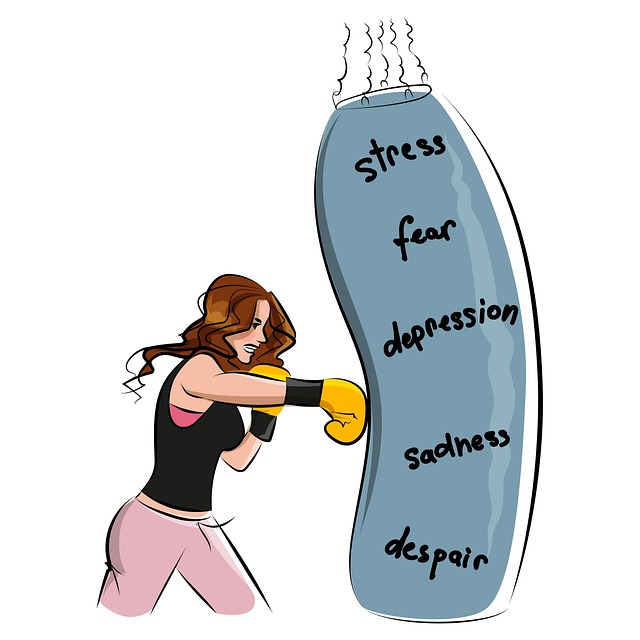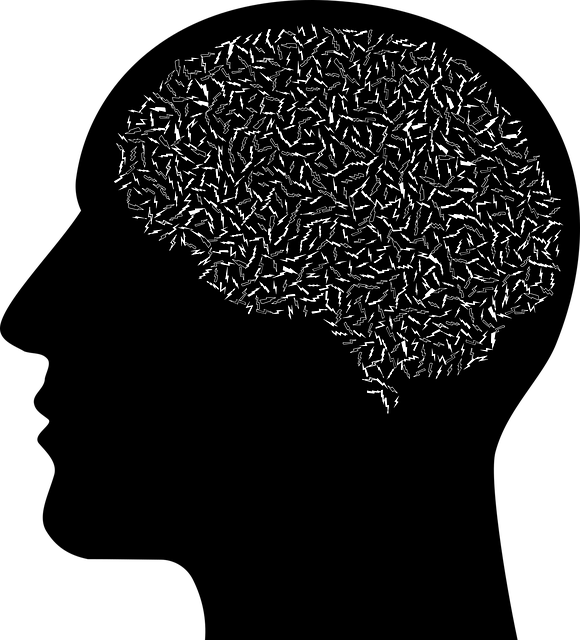Panic disorder and anxiety attacks are common but severe mental health issues characterized by intense fear and physical symptoms. CBT, self-care practices, and public awareness have improved treatment accessibility. Risk Management Planning (RFM), integrating emotional regulation, exposure therapy, and mindfulness, offers a powerful therapeutic approach. RFM exercises build resilience, foster flexibility, and promote mindfulness, enabling individuals to manage anxiety triggers effectively. Real-life success stories highlight the transformative power of RFM in improving quality of life for adults with panic disorders and anxiety attacks.
“Unraveling the power of RFM (Resilience, Flexibility, Mastery) in transforming lives affected by panic disorder and anxiety attacks. This comprehensive guide explores how RFM becomes a cornerstone in therapy, offering individuals effective tools to manage their conditions. From understanding the intricacies of anxiety to discovering diverse resilience-building exercises, this article provides insights for both professionals and those seeking healing. Learn practical tips for successful implementation and be inspired by real-life success stories, showcasing the profound impact of RFM in addressing panic disorder and anxiety attacks.”
- Understanding Panic Disorder and Anxiety Attacks
- The Role of RFM in Therapy for Adults with Panic Disorders
- Types of Resilience Building Exercises
- Implementing RFM and Resilience Exercises: Tips for Success
- Real-Life Success Stories: How RFM Transforms Lives
Understanding Panic Disorder and Anxiety Attacks

Panic disorder and anxiety attacks are a common yet debilitating mental health issue that affects millions worldwide. This often manifests as recurrent and intense fear or discomfort, coupled with physical symptoms like rapid heartbeat, sweating, and shortness of breath. These episodes can feel overwhelming and may significantly impact an individual’s daily life and overall well-being. Understanding the triggers and mechanisms behind panic disorder is crucial in developing effective strategies for management.
Therapy plays a pivotal role in helping adults cope with panic disorder and anxiety attacks. Techniques such as cognitive-behavioural therapy (CBT) focus on identifying and changing negative thought patterns, providing individuals with tools to manage their symptoms. Self-care practices, including mindfulness meditation and regular exercise, can also offer valuable Anxiety Relief. Additionally, Public Awareness Campaigns Development has been instrumental in normalizing conversations about mental health, reducing stigma, and encouraging those affected to seek support.
The Role of RFM in Therapy for Adults with Panic Disorders

The Role of RFM in Therapy for Adults with Panic Disorders
For adults suffering from panic disorders and anxiety attacks, incorporating Risk Management Planning for Mental Health Professionals (RFP) into therapeutic practices has proven to be a game-changer. RFM focuses on emotional regulation, a key aspect in managing panic attacks, by helping individuals understand and navigate their triggers. Through this process, patients gain valuable tools to enhance their mental health awareness and overall resilience.
By employing techniques from RFM, therapists can create safe spaces for clients to explore and confront their fears. This involves identifying specific situations or stimuli that induce anxiety and developing strategic interventions. For instance, exposure therapy combined with emotional regulation strategies enables individuals to gradually face their panic-inducing scenarios while learning to manage their emotional responses effectively. As a result, patients become more equipped to handle future anxiety episodes, leading to improved quality of life and reduced reliance on medication for panic disorder management.
Types of Resilience Building Exercises

Resilience building exercises are a crucial component of therapy for adults suffering from panic disorder and anxiety attacks. These practices aim to cultivate inner strength and emotional regulation, empowering individuals to navigate life’s challenges with greater ease. One such exercise involves mindfulness meditation, which helps individuals focus on the present moment, thereby reducing the intensity of anxious thoughts and feelings. By promoting a state of calm, mindfulness can serve as an effective crisis intervention guidance for those grappling with panic attacks.
Another type of resilience-building exercise is cognitive reframing, where individuals are encouraged to challenge negative thought patterns and replace them with more positive and realistic perspectives. This technique, often incorporated into therapy for adults with anxiety disorders, helps in developing a healthier mindset that can better cope with stressful situations. Additionally, engaging in physical activities like yoga or deep breathing exercises not only enhances overall well-being but also provides an outlet for releasing tension and promoting emotional balance, thereby strengthening one’s resilience.
Implementing RFM and Resilience Exercises: Tips for Success

Implementing RFM (Resilience, Flexibility, and Mindfulness) exercises into your routine is a powerful tool for managing anxiety and building mental fortitude. For adults suffering from panic disorder and anxiety attacks, these practices can be life-changing. Start by incorporating simple mindfulness techniques like deep breathing or body scans to help regulate the nervous system and reduce immediate stress. Over time, expand your practice with more advanced RFM exercises tailored to your specific needs.
Consider joining a community outreach program focused on mental health awareness to gain support from others facing similar challenges. This can enhance your confidence boosting journey and even offer valuable depression prevention strategies. Remember, consistency is key; make these exercises a daily habit, even for just 10-15 minutes each day, and you’ll gradually build resilience, ensuring better coping mechanisms in the face of anxiety triggers.
Real-Life Success Stories: How RFM Transforms Lives

Real-Life Success Stories: Unlocking Resilience through RFM
In the realm of mental wellness, where therapy for adults suffering from panic disorder and anxiety attacks is a critical focus, RFM (Resilience, Flexibility, and Mastery) has emerged as a powerful tool. Many individuals have witnessed transformative changes in their lives, moving from a place of constant fear and discomfort to a state of resilience and empowerment. These success stories highlight the effectiveness of RFM in helping adults navigate their mental health challenges.
Through dedicated practice, participants in mental wellness coaching programs development often find themselves better equipped to handle anxiety-inducing situations. The RFM approach encourages individuals to challenge their fears and engage in meaningful activities, fostering a sense of control and confidence. Cultural sensitivity in mental healthcare practice is also integral to this process, ensuring that support is tailored to each person’s unique background and needs. Community outreach program implementation plays a vital role, as it brings these life-changing exercises to diverse populations, offering hope and practical tools for managing anxiety disorders.
Resilience is a powerful tool in the fight against panic disorder and anxiety attacks, and integrating Resources, Strengths, and Coping Mechanisms (RFM) into therapy can be transformative. By utilizing specific resilience-building exercises, individuals can navigate their fears, strengthen their coping abilities, and lead more fulfilling lives. With the right support and strategies, those struggling with anxiety can learn to manage their symptoms effectively, fostering a sense of control and empowerment. This holistic approach to therapy offers hope and practical solutions for adults seeking relief from panic disorder and anxiety attacks in today’s digital era.


